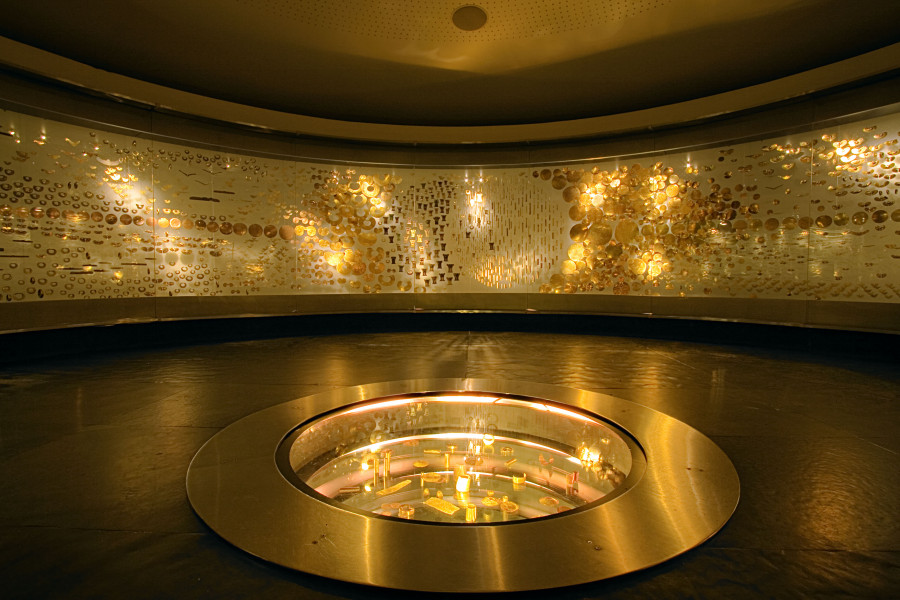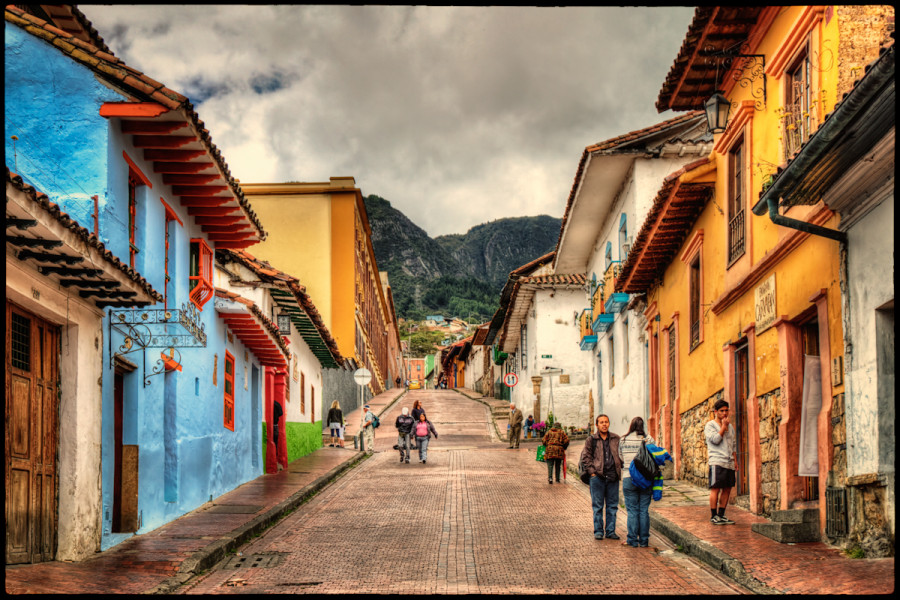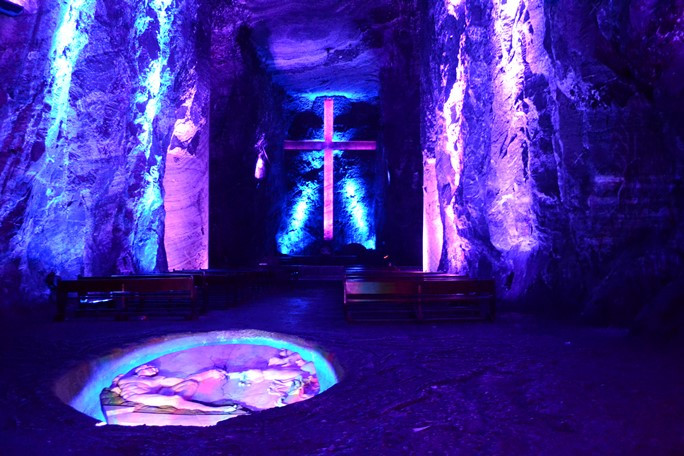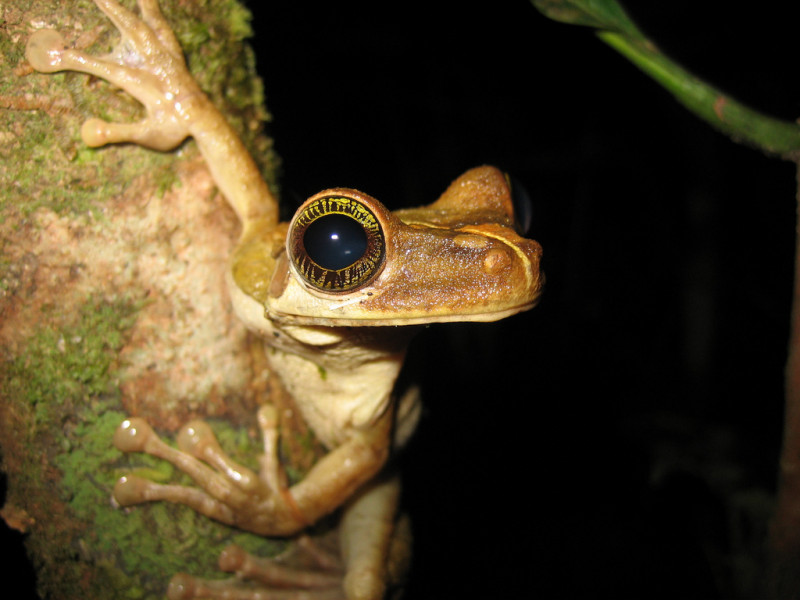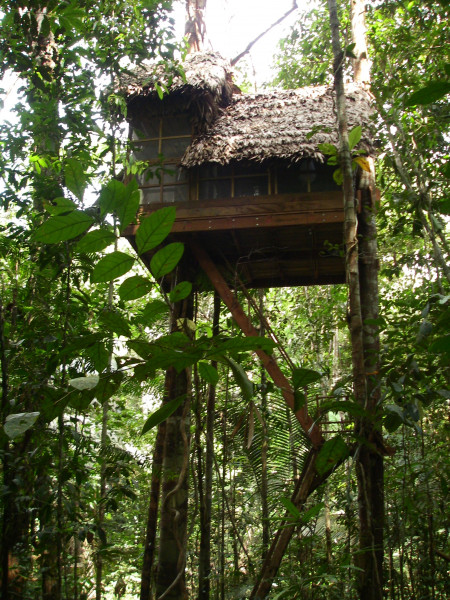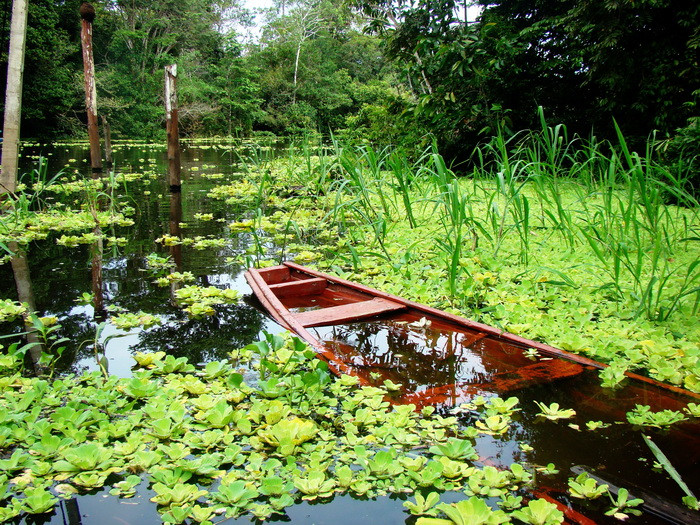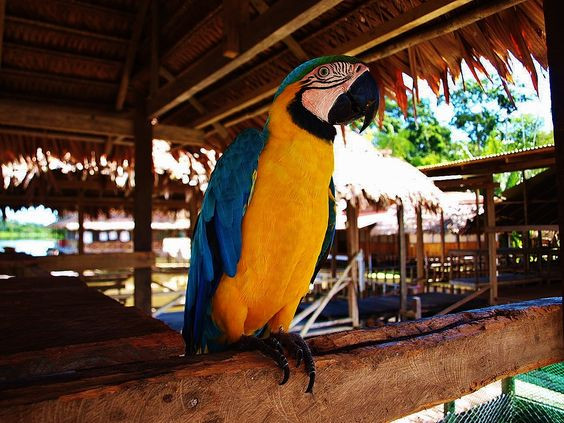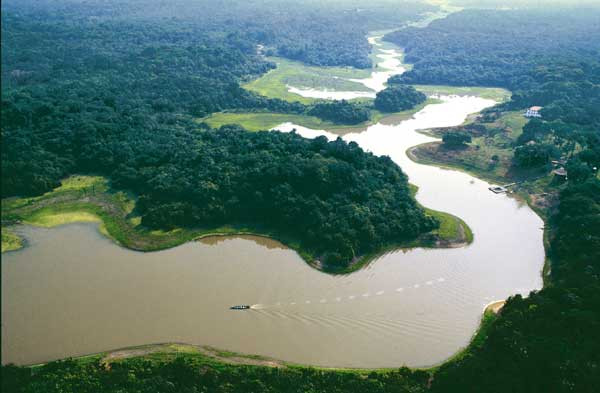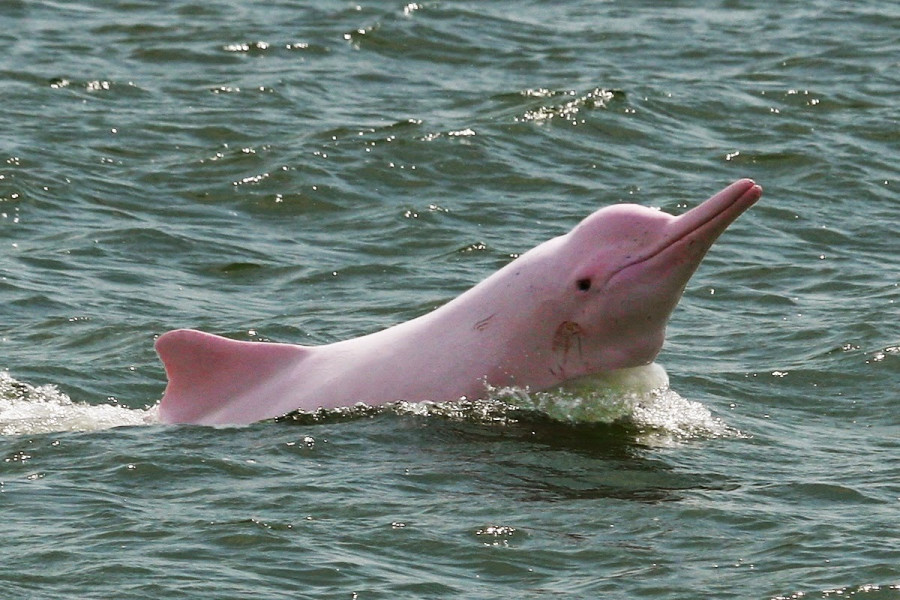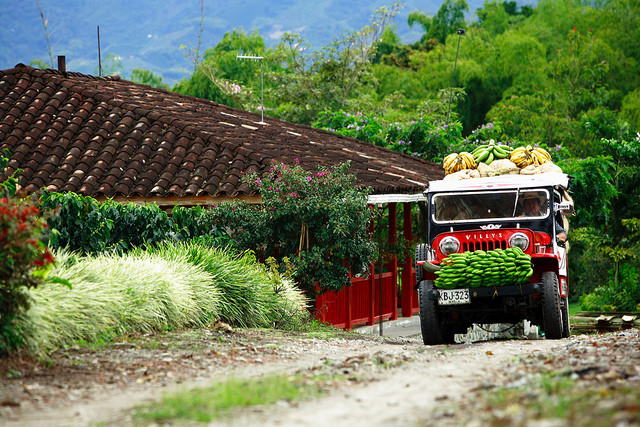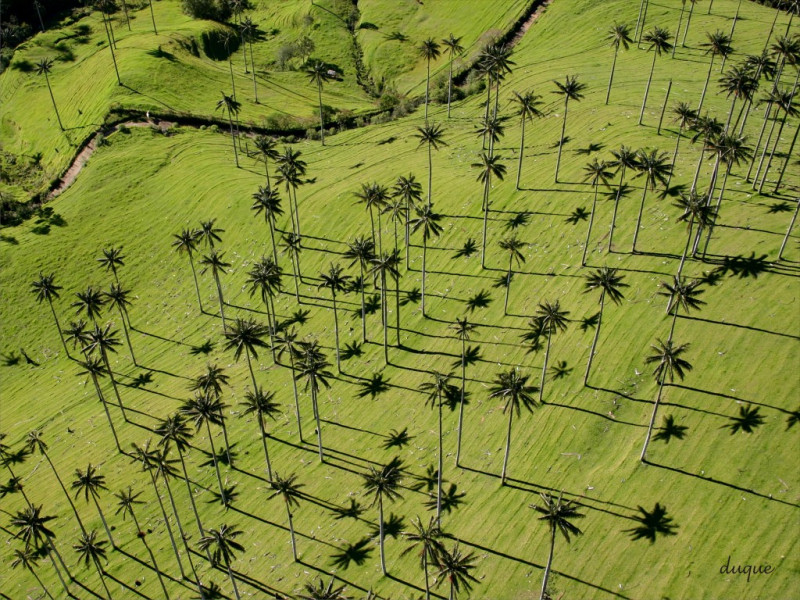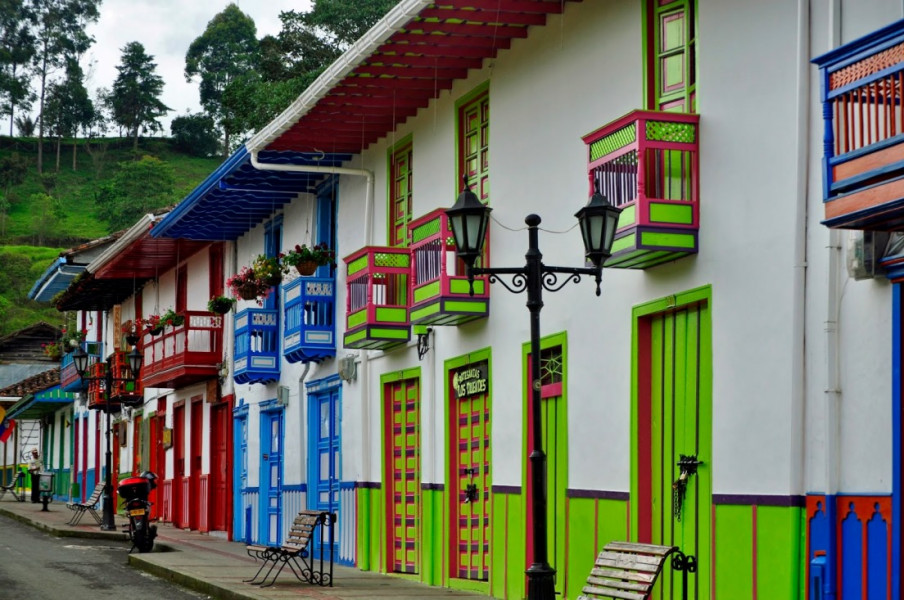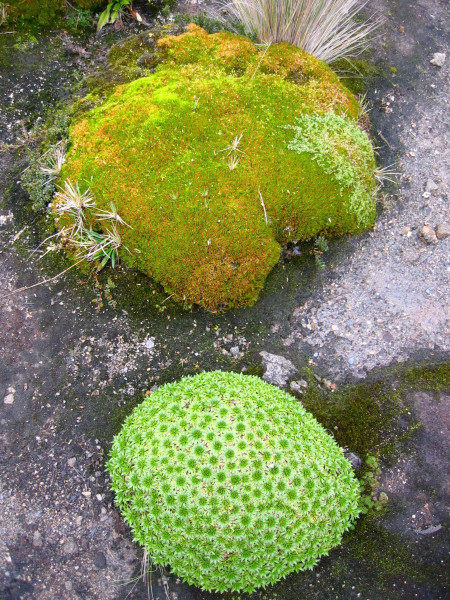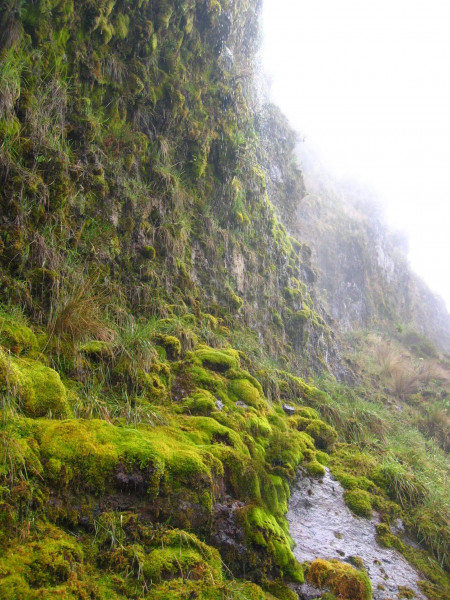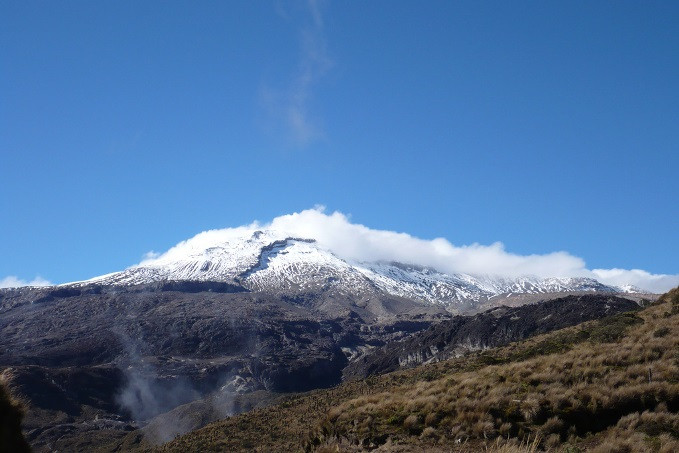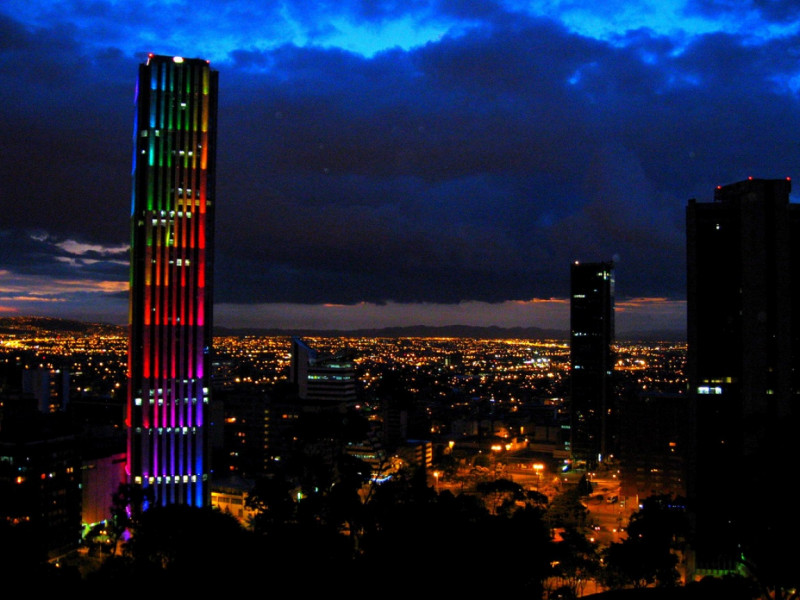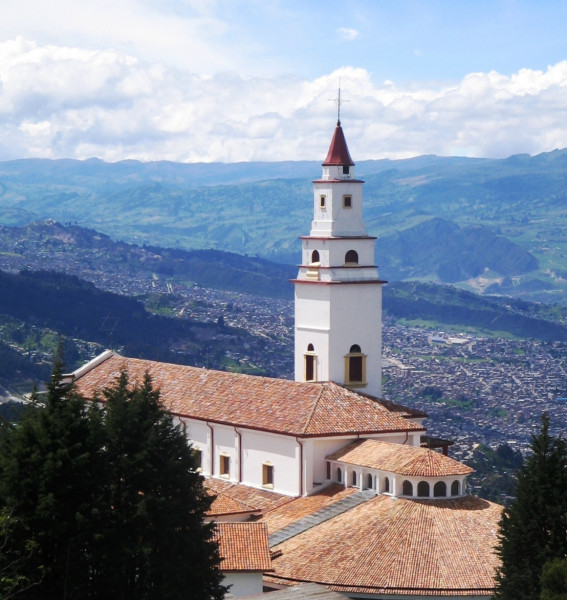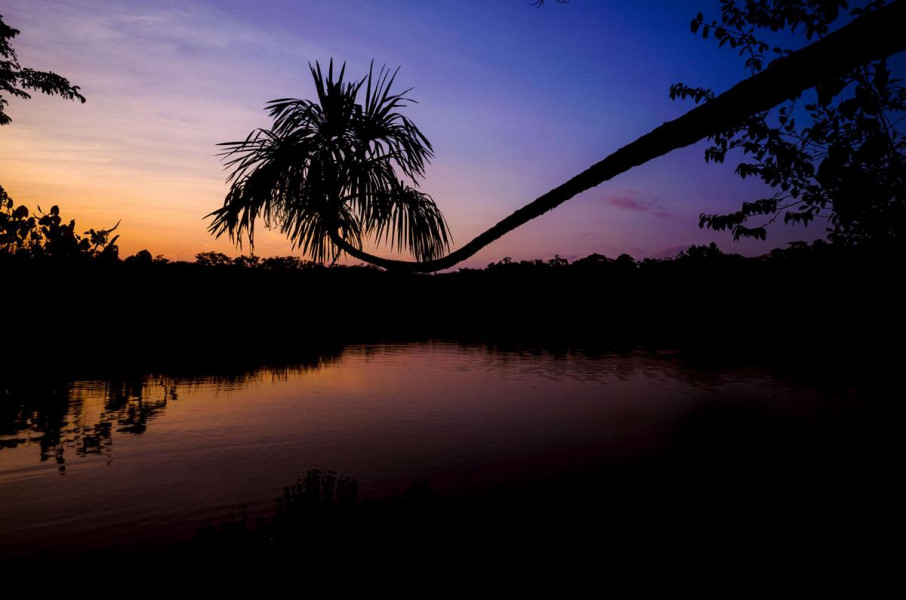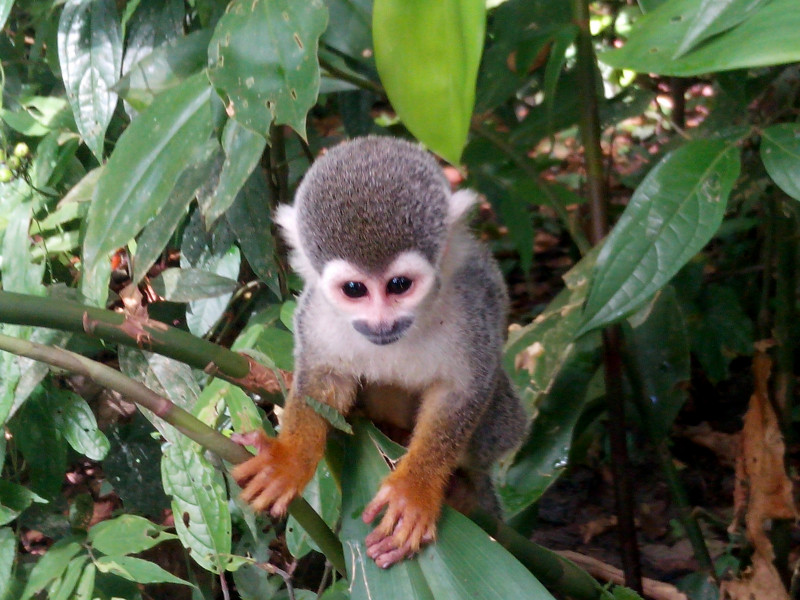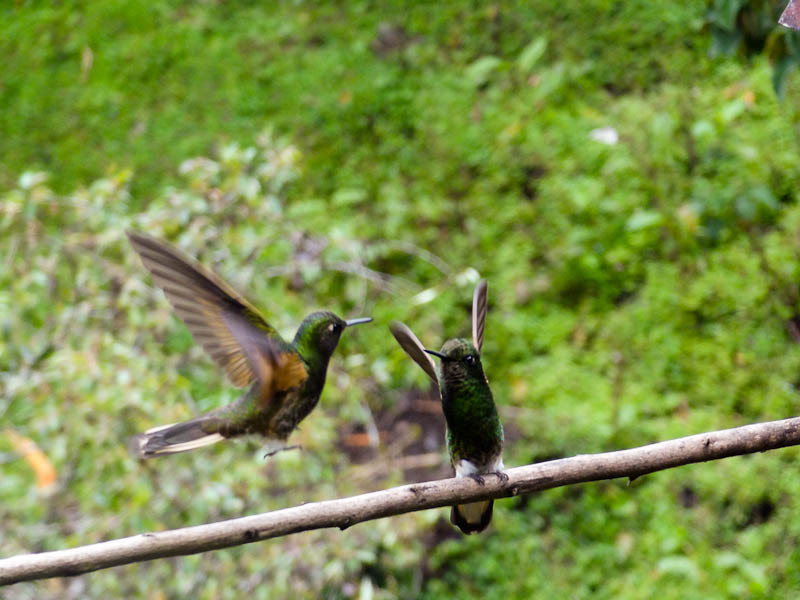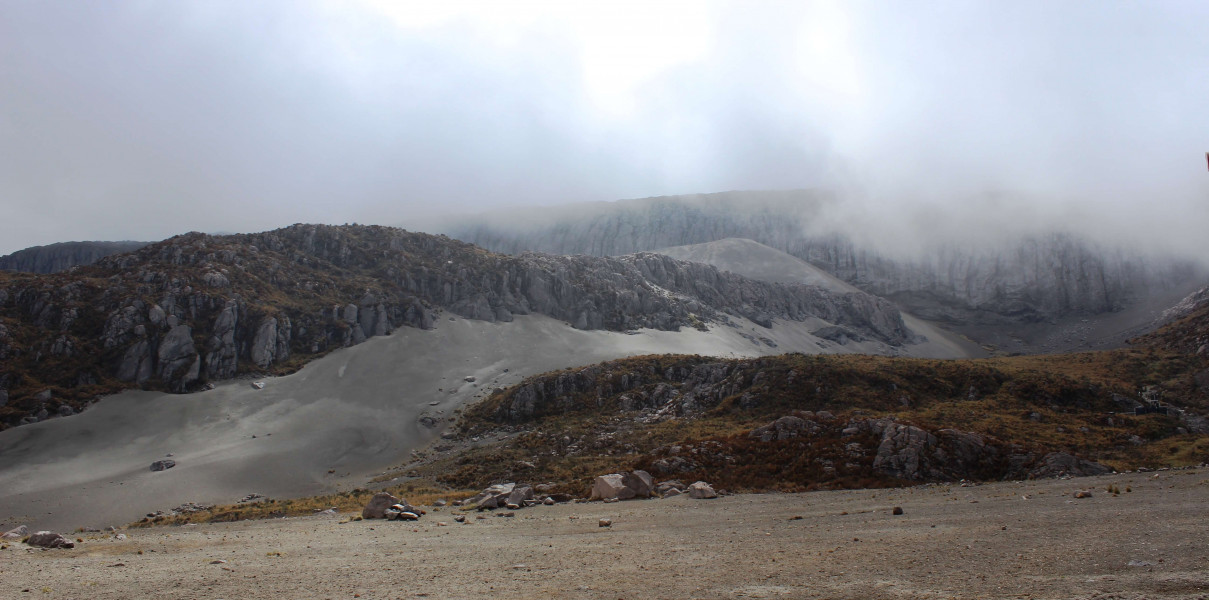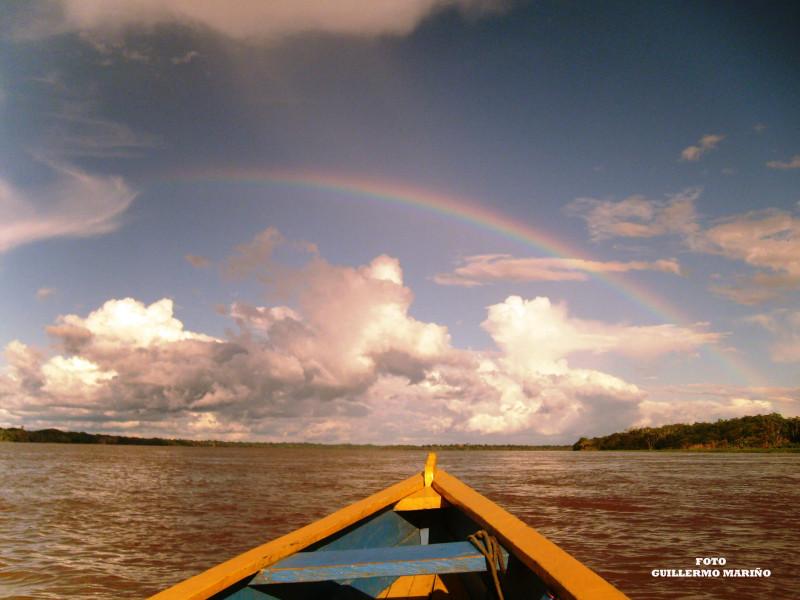Vibrant and diverse Bogotá, the country’s capital and commercial back-bone. Colombia's bustling metropolis is a mix of old and new, trendy and traditional, stately and charming. Home to a dazzling array of museums, churches, colonial mansions and stately buildings Bogotá has a fine balance between
its historical past and its movement in to the future. This city in central Colombia is located at an elevation of 2,650 m./8,660 ft. on a mountain rimmed plateau high in the Cordillera Oriental of the Andes Mountains. The city lies only 4°36' north of the equator.
Bogotá was founded on the 6th of August 1538 by the Spanish conqueror Gonzalo Jiménez de Quesada. The new city became the vice-regal capital of New Granada in 1717. It was captured by Simón Bolívar in 1819 and was the capital of the independent nation of Great Colombia (which included modern day Colombia, Ecuador, Panama, and Venezuela). It became the capital of New Granada (later renamed Colombia) in 1830 when Great Colombia was dissolved.
�The city initially grew slowly because Bogotanos (cachacos) wished to preserve their old culture. They cherished their churches, convents, homes (built in the ornate Spanish colonial style) and the National University, founded in 1573. They also prided themselves on speaking the purest Spanish in the New World. The city however expanded rapidly after 1940 as large numbers of rural Colombians migrated there in search of greater economic opportunities. It is sometimes called the Athens of South America. Bogotá is now Colombia's largest financial, political, and cultural centre. The National University of Colombia and many other universities located there make Bogotá the nation's chief educational centre. Bogotá is for many people the gateway city in to Colombia, and a fine start point for your Colombian adventure.
Read more
Bogota, 3 Nights

